Facts about ancient Egypt that archaeologists are still debating
Ancient Egypt is a treasure trove of mysteries that continues to fascinate archaeologists and enthusiasts alike. From the architectural marvels of the pyramids to the cultural intricacies of hieroglyphs, each facet offers a glimpse into a civilization that thrived thousands of years ago.
The allure of these enigmas lies not only in their historical significance but also in the unsolved questions that still linger, prompting endless debates and discoveries.
The Enigma of the Pyramids: How Were They Built?
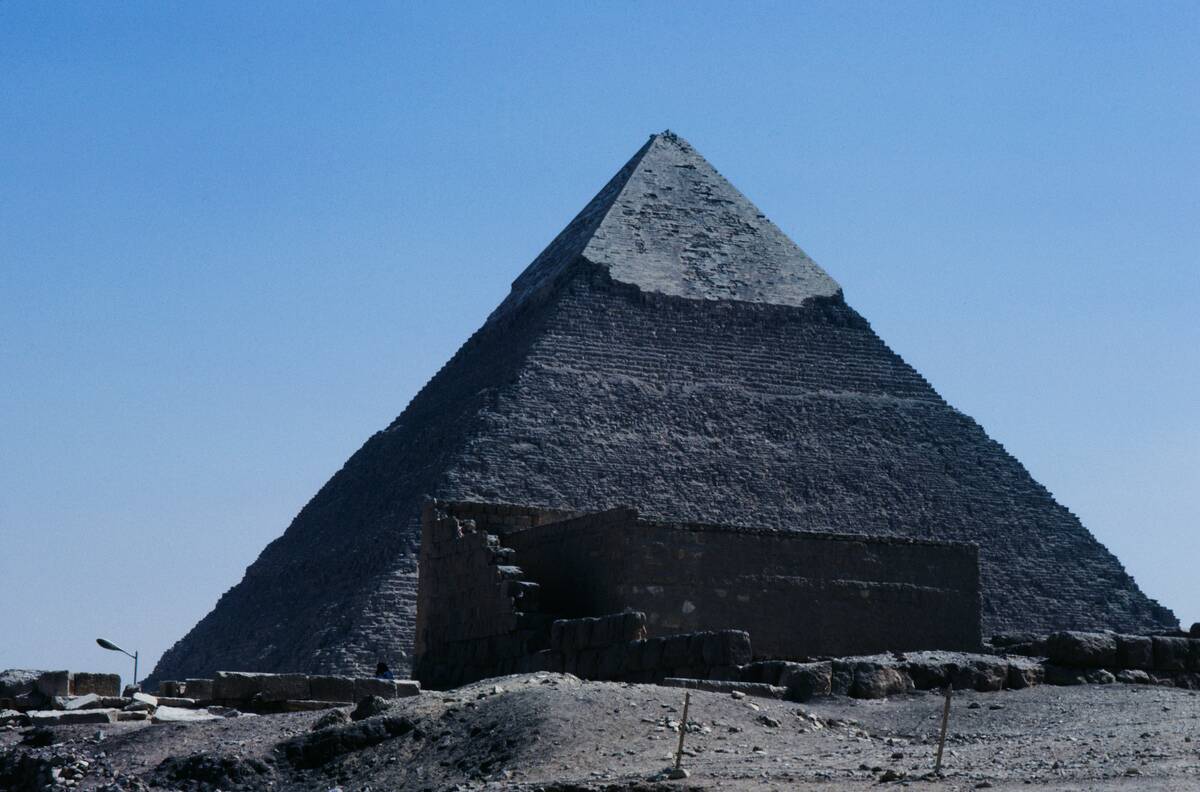
The construction of the pyramids, particularly the Great Pyramid of Giza, remains one of history’s greatest puzzles. Scholars have proposed various theories, including the use of ramps and levers, but no consensus exists.
Recent studies suggest a possible internal spiral ramp, a hypothesis supported by some archaeological evidence. Despite myriad theories, the precise methods employed by the ancient builders continue to elude definitive explanation, leaving room for continued speculation and research.
The Great Sphinx: Guardian, Wonder, and Puzzle
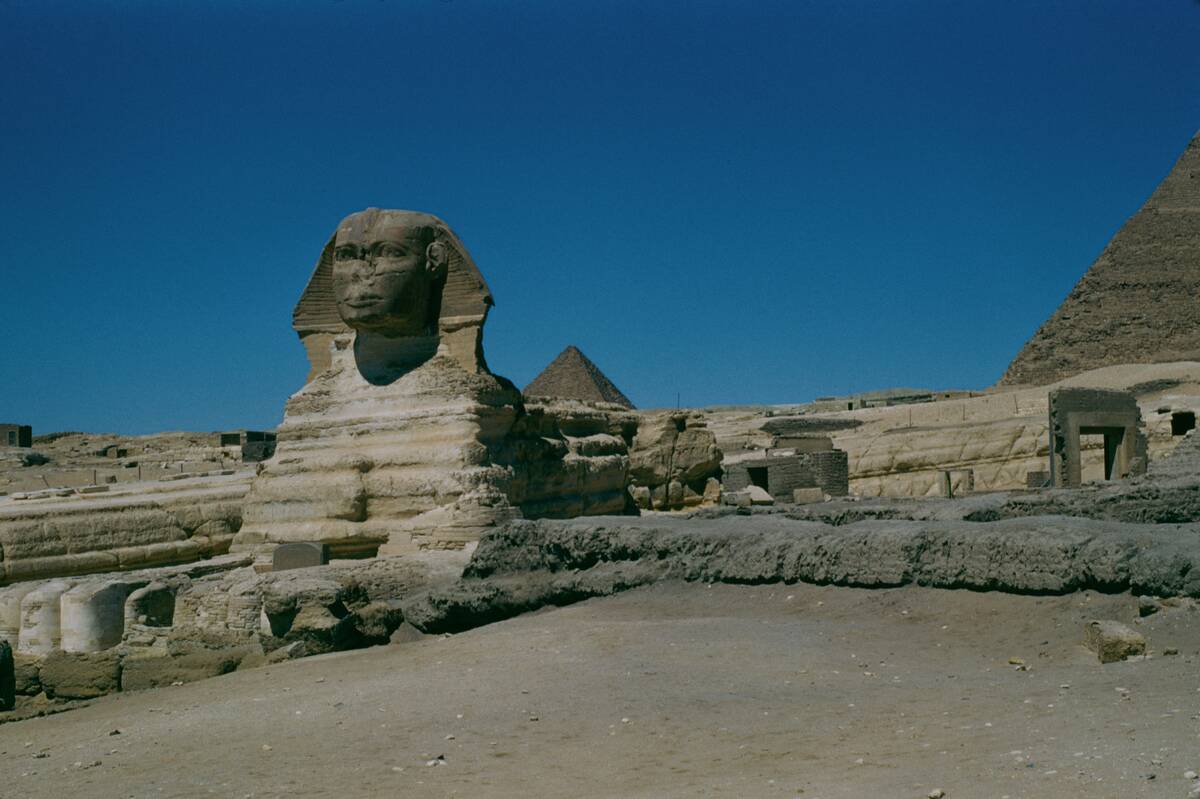
The Great Sphinx stands as a sentinel on the Giza Plateau, shrouded in mystery and intrigue. Carved from limestone, it is believed to represent Pharaoh Khafre, yet its exact purpose and date of construction remain debated.
Erosion patterns suggest it might be older than previously thought. The enigmatic expression of the Sphinx continues to captivate, inviting speculation about hidden chambers within its massive paws.
The Debate Over King Tutankhamun’s Death: Accident or Assassination?
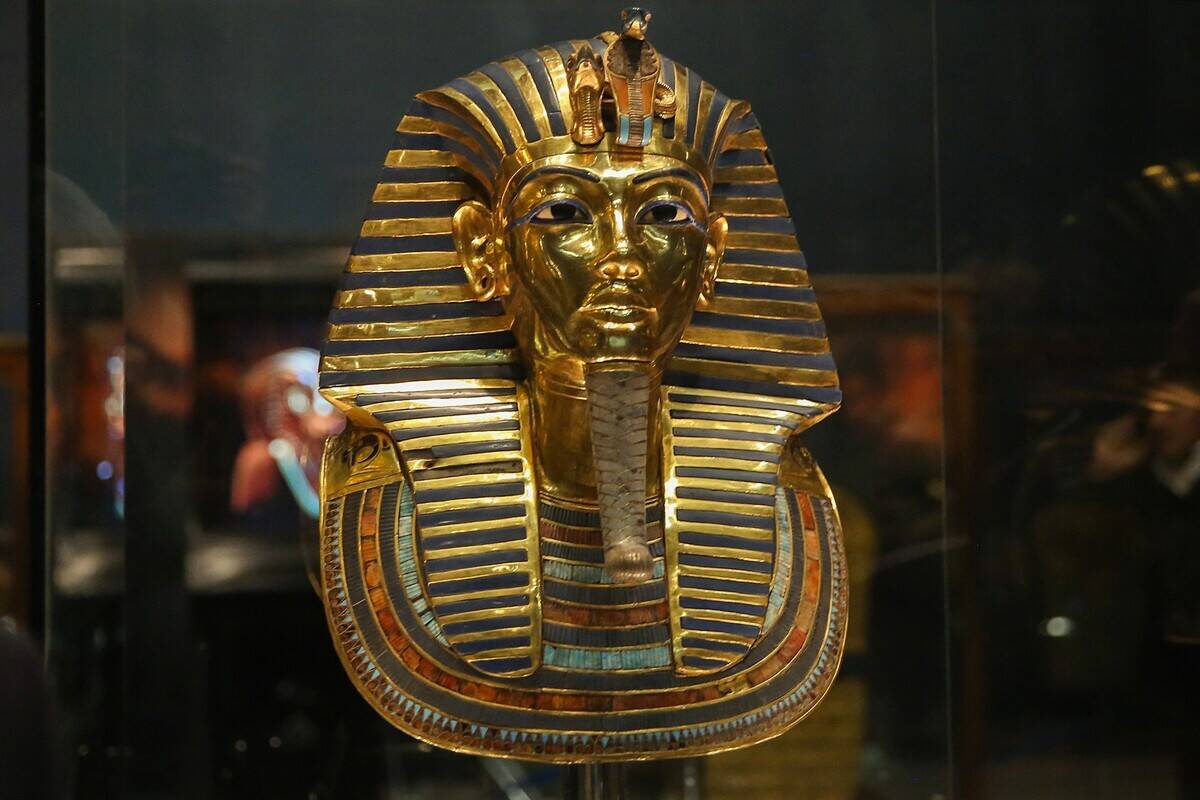
King Tutankhamun’s untimely death at around 19 years old has fueled speculation for decades. Some theories suggest a chariot accident, supported by fractures found in his remains, while others propose foul play, pointing to political motives.
Recent CT scans and DNA testing have provided insights into his health, indicating possible genetic disorders and malaria. As such, death by a fatal blow to the head appears unlikely as the culprit of Tutankhamun’s fate. However, the exact cause of his death remains a topic of debate, adding to the intrigue surrounding the young pharaoh.
Cleopatra’s Ancestry: Greek or Egyptian?
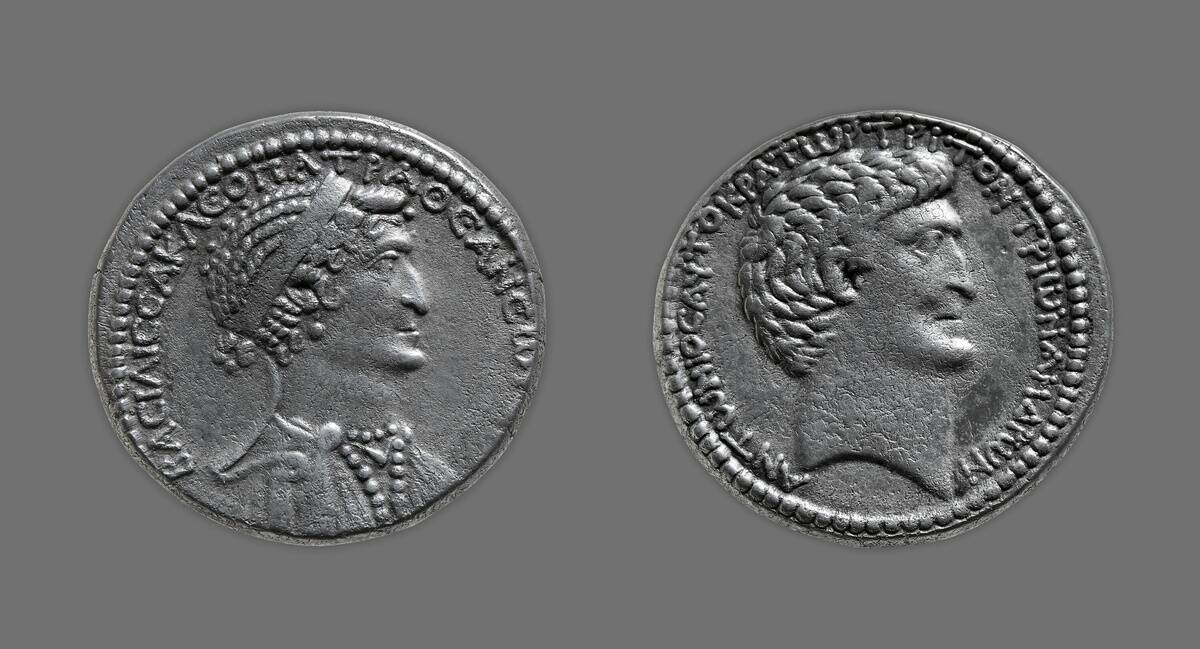
Cleopatra VII, the last active ruler of the Ptolemaic Kingdom, is often perceived as the quintessential Egyptian queen. However, her ancestry was primarily Greek, descending from Ptolemy I Soter, one of Alexander the Great’s generals.
Despite her Macedonian heritage, Cleopatra embraced Egyptian culture, even learning the language. This blend of Greek and Egyptian influence contributed to her legendary status, demonstrating her adaptability and political acumen in a diverse cultural landscape.
The Lost Labyrinth: Myth or Reality?

The Labyrinth of Egypt, described by ancient historians like Herodotus, was said to be a massive complex with thousands of rooms. Its existence has been debated, with some believing it to be merely a myth.
However, recent archaeological surveys in Hawara have uncovered structures that might correspond to this legendary maze. If it existed at the scale reported in legend, the Labyrinth was destroyed in antiquity, making it an intriguing part of Egypt’s lore and symbolizing the complexities and mysteries of its ancient civilization.
The Secret Chambers of the Great Pyramid: What Lies Inside?
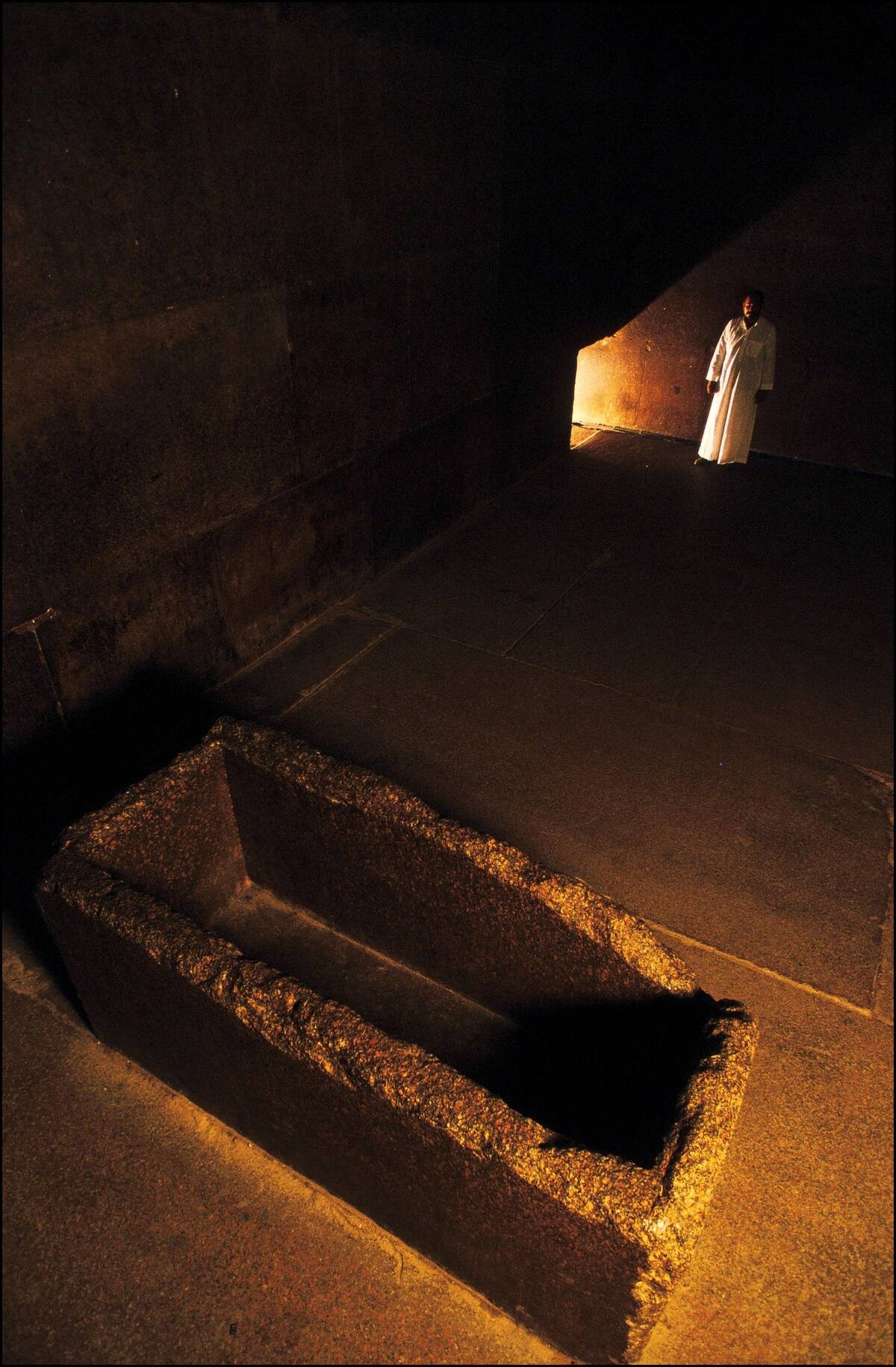
The Great Pyramid of Giza has long been rumored to contain hidden chambers. Recent advances in technology, such as muon radiography, have identified voids within the structure, sparking further speculation.
These voids might be undiscovered chambers, potentially holding treasures or secrets of the past. While excavations and explorations continue, the possibility of new discoveries keeps the intrigue alive, highlighting the pyramid’s enduring allure and enigmatic nature.
The Disappearance of Nefertiti: Fading into History or Hidden from View?
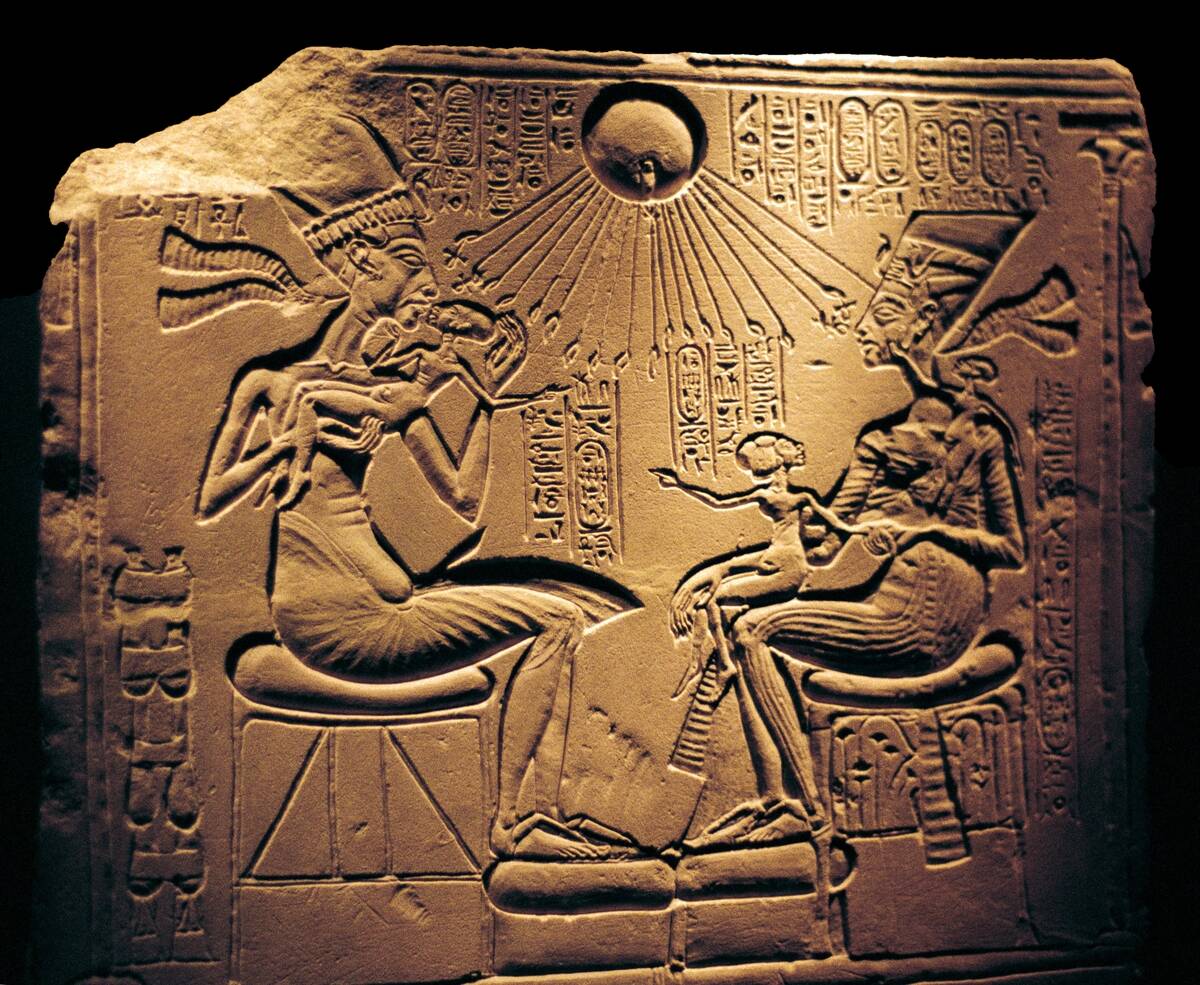
Queen Nefertiti, known for her beauty and influence, mysteriously vanished from historical records later in life. Some theories suggest she may have taken on a new identity, possibly as Pharaoh Smenkhkare. However, those who believe she reigned as a pharaoh are more likely to think she ruled as Pharaoh Neferneferuaten, as Smenkhkare had already died by the time this mysterious figure took power.
Others propose she died and was buried in an undiscovered tomb. Recent DNA evidence points to potential familial connections with other prominent figures, but her ultimate fate remains unknown. Nefertiti’s disappearance continues to captivate historians, adding to her enduring mystique.
The Mysterious Sea Peoples: Invaders or Refugees?
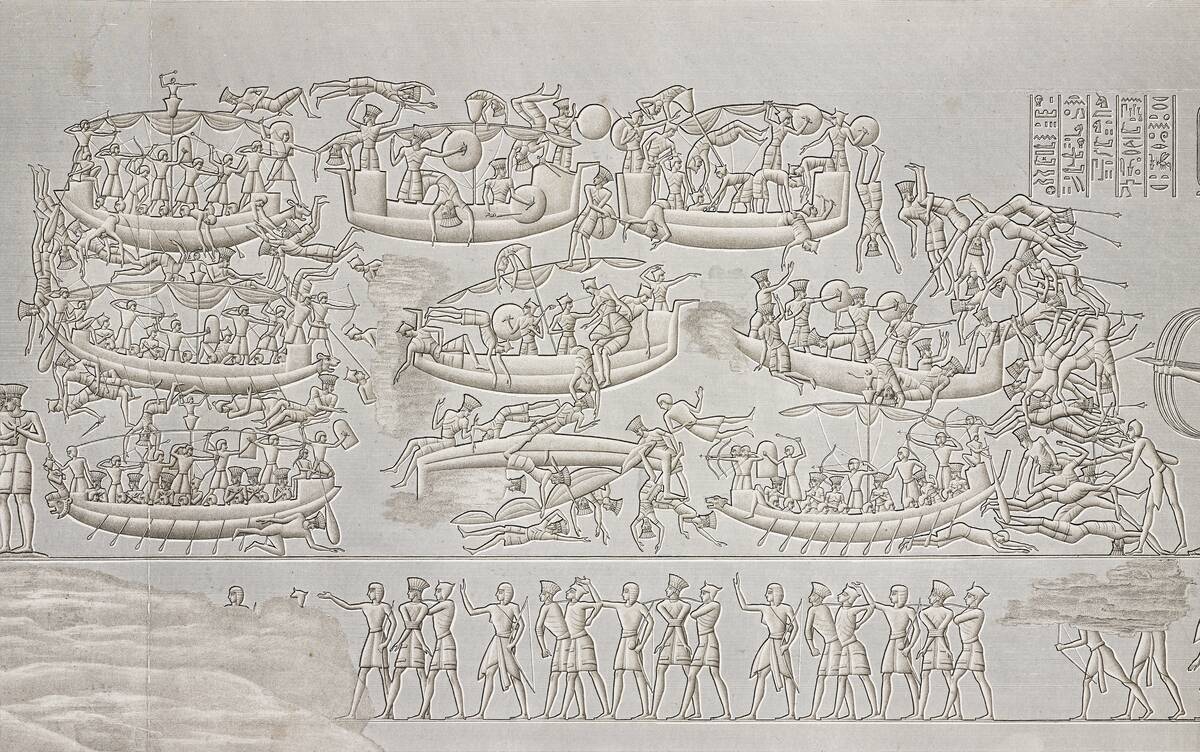
The Sea Peoples, shrouded in mystery, were a confederation of naval raiders who attacked ancient Egypt during the Late Bronze Age. Their origins are debated, with hypotheses ranging from displaced migrants to organized invaders.
Egyptian records, such as the inscriptions at Medinet Habu, describe their destructive campaigns. While their exact identity remains elusive, they played a significant role in the regional upheavals of the time, altering the course of history in the Mediterranean. That said, they’re now considered a symptom of the late Bronze Age collapse, rather than its culprit.
The Role of Women in Ancient Egypt: Queens, Pharaohs, and Mystics

Women in ancient Egypt held significant roles, from queens like Hatshepsut and Nefertiti to powerful priestesses and mystics. They could own property, initiate divorce, and engage in business, enjoying rights that were rare in other ancient societies.
Hatshepsut, one of the few female pharaohs, ruled successfully for over two decades. The influential presence of women in various aspects of Egyptian life highlights their importance and challenges modern perceptions of gender roles in antiquity.
The Source of the Nile: Lifeline or Mystery?

The Nile River, the lifeblood of ancient Egypt, was central to its agriculture, culture, and economy. Its annual floods deposited rich silt, enabling bountiful harvests. Despite its significance, the river’s precise sources were long a mystery until the 19th century.
Explorer John Hanning Speke is credited with discovering Lake Victoria as one of its main sources. The Nile’s enduring mystery and importance underscore its role as a vital artery sustaining one of history’s greatest civilizations.
Akhenaten’s Religious Revolution: A Step Towards Monotheism?
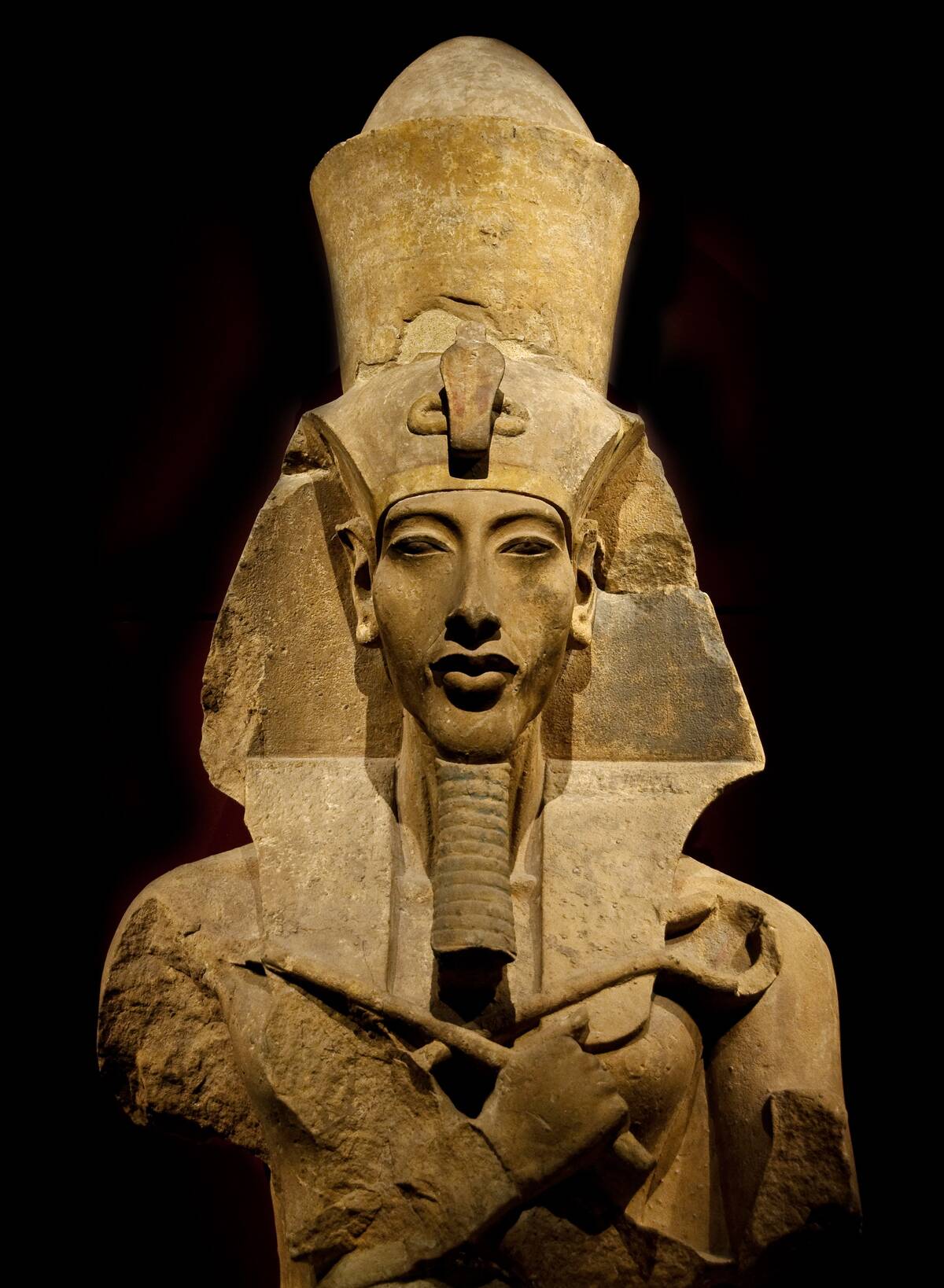
Pharaoh Akhenaten is famed for his radical religious reforms, promoting the worship of Aten, the sun disk, above all other gods. This shift towards monotheism disrupted Egypt’s traditional polytheistic beliefs and met with resistance.
Akhenaten’s reign saw the construction of a new capital, Akhetaten, dedicated to Aten. Despite its short-lived nature, this religious revolution had a lasting impact, influencing subsequent theological developments and offering insights into the evolution of religious thought.
The Construction of Obelisks: Engineering Marvels or Mere Decoration?
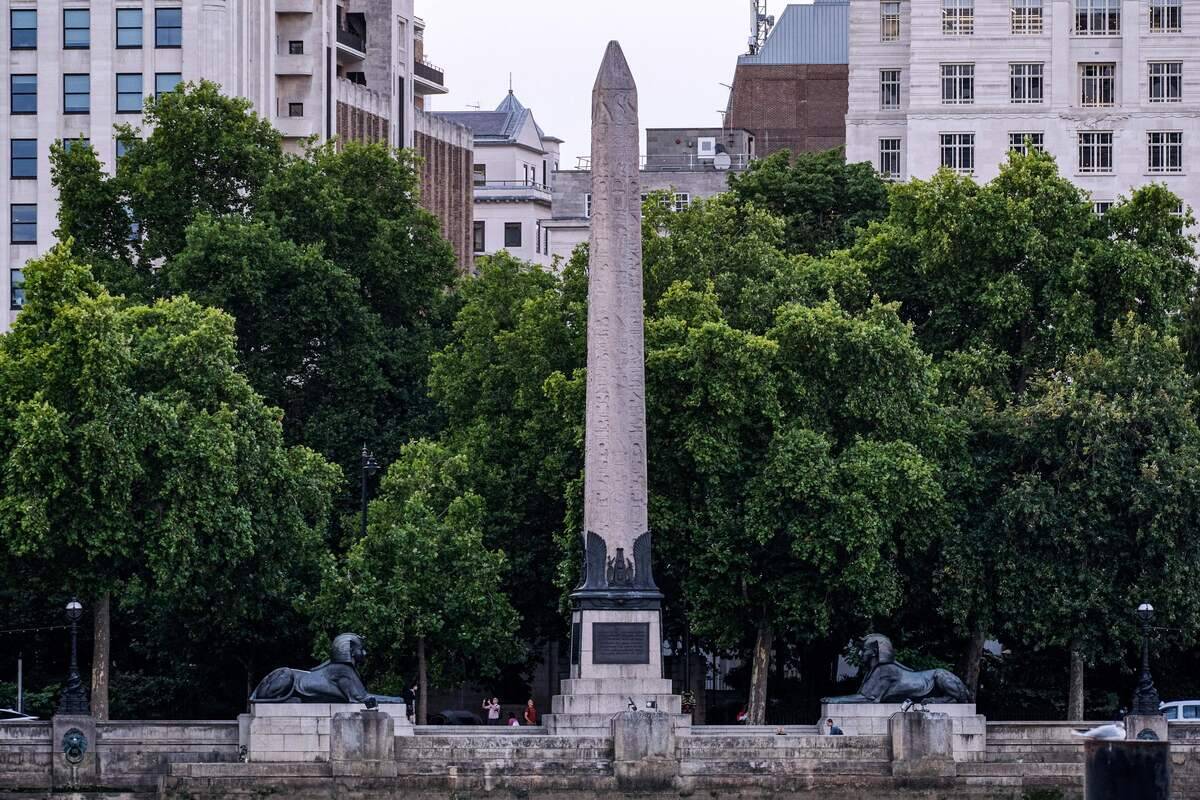
Ancient Egyptian obelisks are towering monuments, often erected to honor the sun god Ra. Carved from a single piece of stone, their construction required remarkable engineering skills.
The unfinished obelisk in Aswan reveals insights into the methods used, highlighting the challenges faced by ancient builders. While primarily decorative, these structures symbolized power and divine connection. The precision and scale of obelisks continue to awe modern engineers, showcasing the advanced capabilities of ancient artisans.
The Lost City of Heracleion: Atlantis of Egypt?
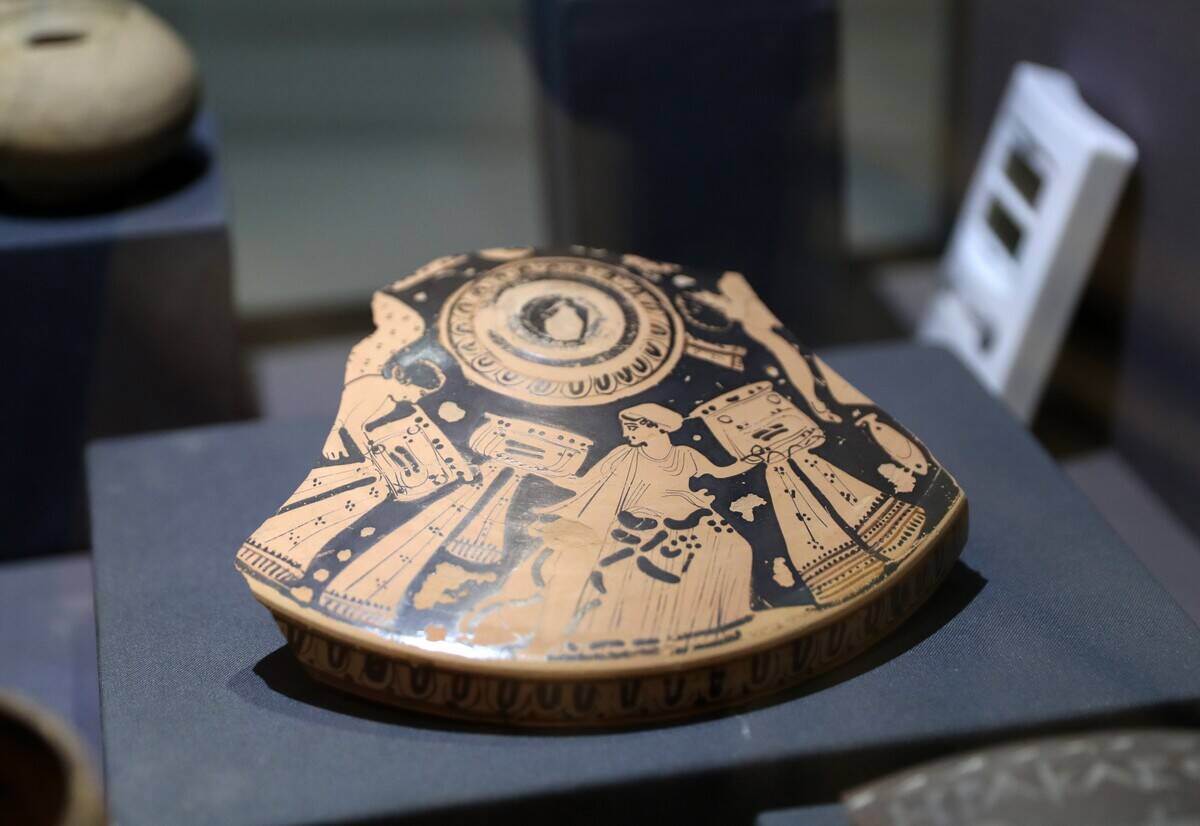
Heracleion, once a bustling port city, lay submerged under the Mediterranean for centuries before its rediscovery in 2000. Often compared to Atlantis, this “lost city” was a major trading hub during the late Pharaonic period.
Artifacts recovered from its ruins, including statues and coins, provide a glimpse into its rich history and cultural exchanges. The discovery of Heracleion has reignited interest in underwater archaeology, offering new perspectives on Egypt’s maritime connections.



